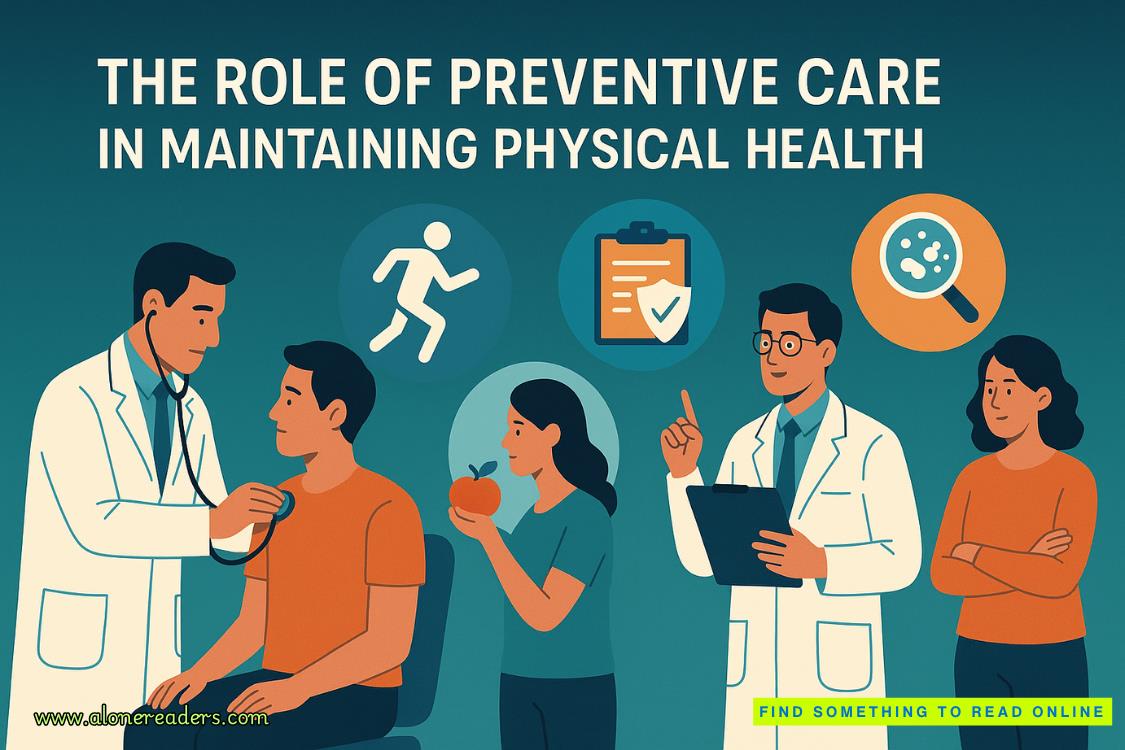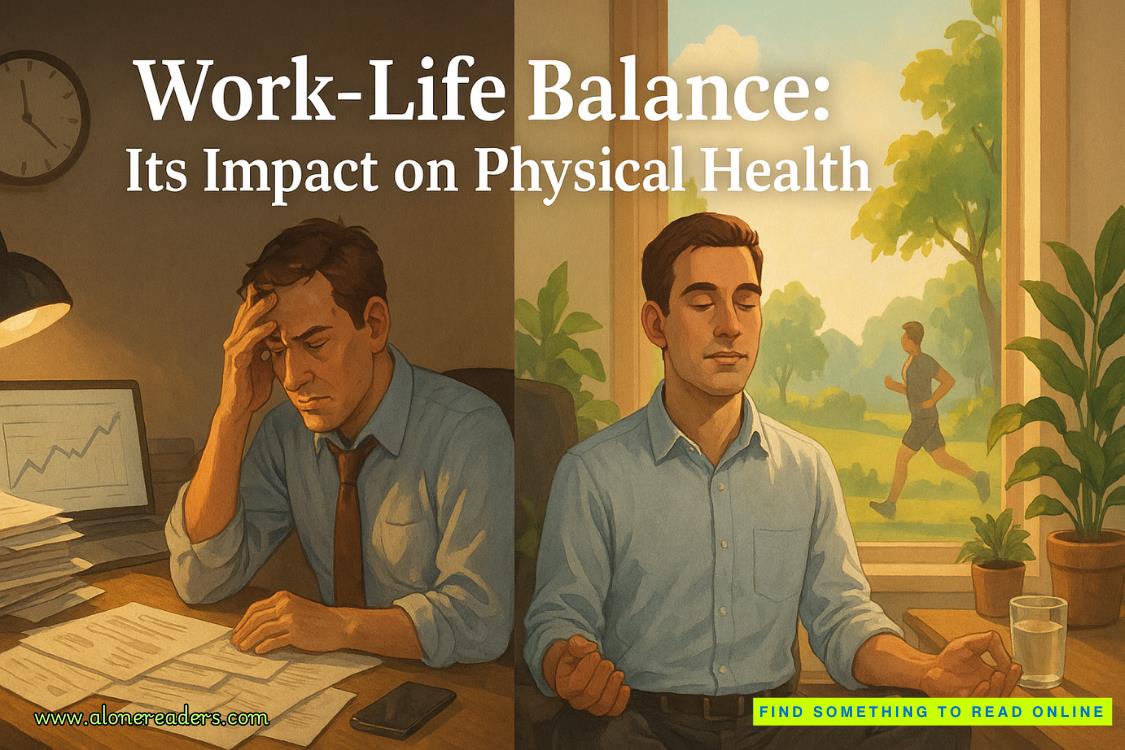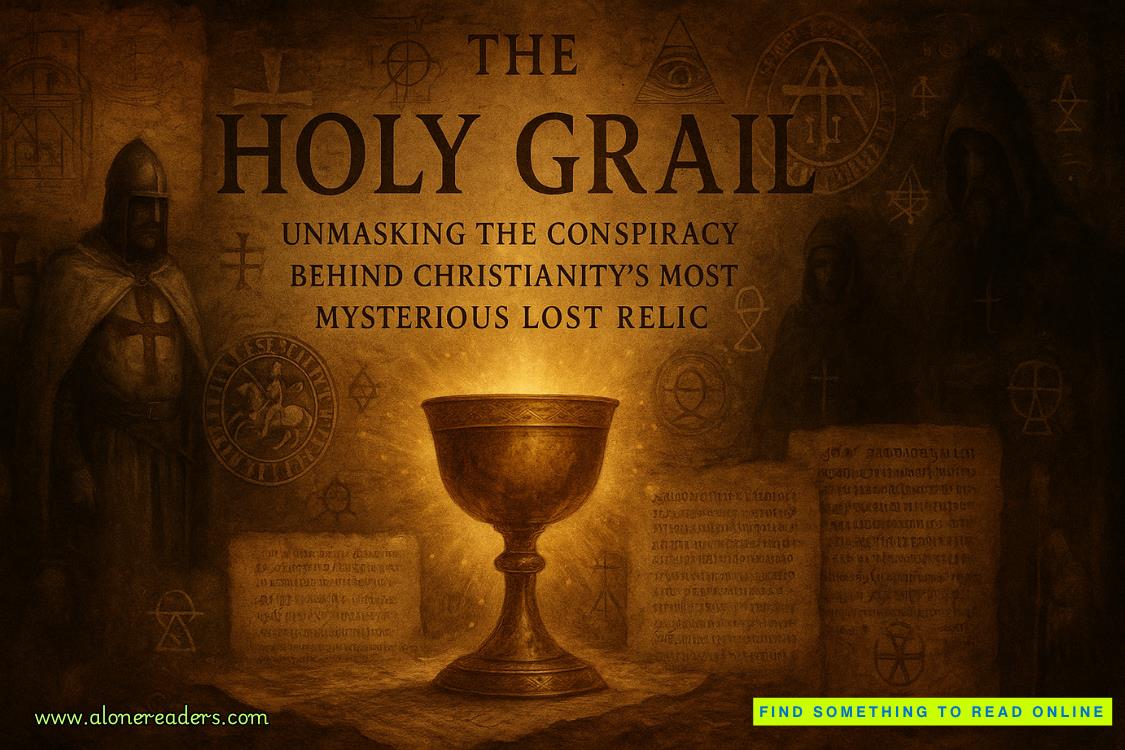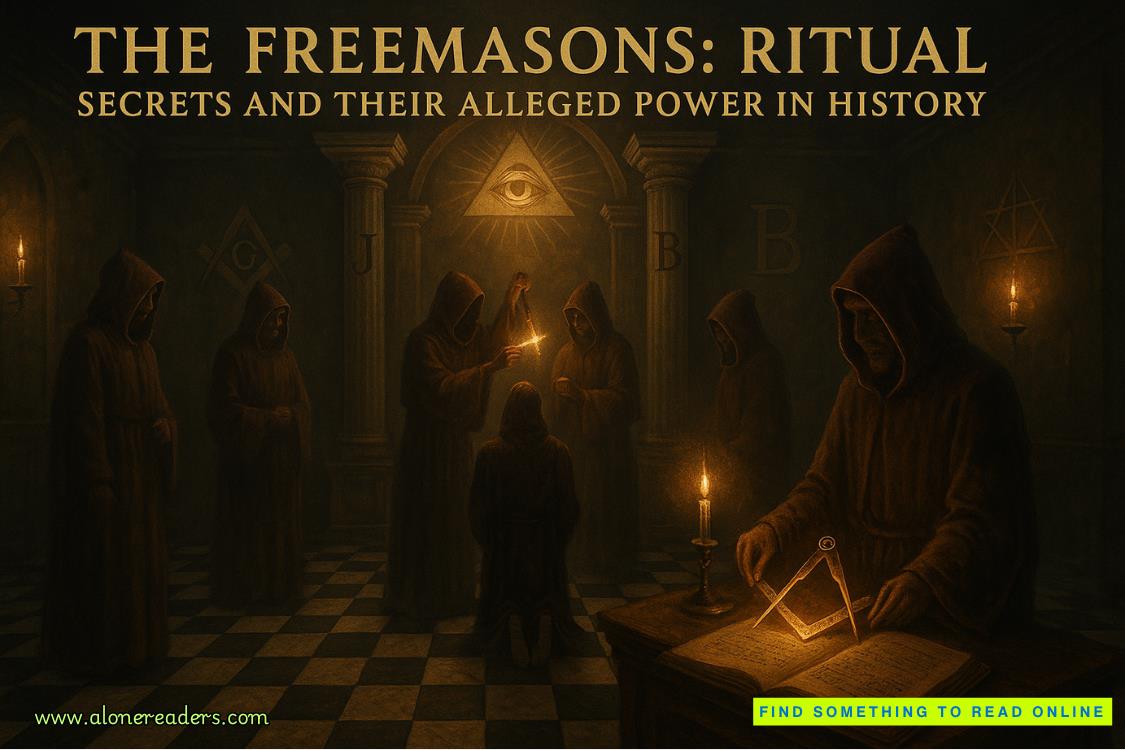Page 55 of Worth the Risk
The threat is subtle but unmistakable. My future at Pierce Enterprises depends on proving I can replicate Highland’s destruction on a larger scale. That I’ve learned the right lessons from Maya’s heartbreak and Highland’s dissolution.
That I can be trusted to prioritize profit over the principles that made me question Pierce Enterprises’ approach in the first place.
After the meeting ends, I retreat to my office and close the door, needing space to process what just happened. Harrison wants me to become the architect of systematic community displacement. To use my relationship with Maya, my understanding of Highland’s value, my insight into community dynamics to identify targets for corporate acquisition.
It’s the logical evolution of Pierce Enterprises’ business model. It’s also a betrayal of everything Maya taught me about what makes developments valuable beyond their profit margins.
My phone sits on my desk, Maya’s contact information just a few touches away. For two weeks, I’ve been drafting and deleting messages, trying to find words that might bridge the gulf between Highland’s destruction and the feelings that developed between us. Every attempt sounds like excuse-making or damage control.
But this morning’s meeting changes the stakes. Harrison isn’t just asking me to accept Highland’s demolition—he’s asking me to ensure that Highland becomes the first casualty in a much larger campaign.
My computer chimes with an email from Harrison:
Declan, attached are preliminary market analyses for three potential community acquisition targets. Please review and provide initial assessment by Friday. Looking forward to your insights on replicating the Highland model.
Three communities. Three potential Highlands, with their own Maya Navarros fighting to preserve what matters most to families who depend on community gathering places.
I delete the email without opening the attachments.
There’s a knock on my office door—not Jessica’s polite announcement, but the confident rap of someone who doesn’t wait for permission. The door opens and Elliot walks in, carrying two cups of coffee and wearing an expression I recognize from fifteen years of friendship—he’s about to deliver uncomfortable truths I need to hear.
“You look like hell,” he says, settling into his usual chair and sliding one coffee across my desk.
“I feel worse than I look.” I accept the coffee gratefully, noting how Elliot has made it exactly the way I’ve preferred since college—strong enough to fuel crisis management, no cream to dilute the impact. “What brings you to my fortress of professional isolation?”
“Concern for my best friend, who’s been sitting in this office for two weeks looking like someone stole his dog.” Elliot settles back in his chair, studying my expression with the kind of attention that comes from years of reading my moods. “Plus, I heard about this morning’s board meeting. Harrison wants you to systematize Highland’s destruction?”
“He wants me to identify ‘underutilized properties with development potential.’ Three communities to start, expansion plan to follow.” I run my hand through my hair, feeling the weight of impossible choices. “Apparently Highland was such a successful template that Pierce Enterprises wants to scale the approach.”
“And you told him?”
“I told him I’d consider the scope and methodology.” The words sound pathetic even to me. “Which is corporate speak for ‘I need time to figure out how to refuse without destroying my career entirely.’”
Elliot is quiet for a moment, his gaze drifting toward my windows that overlook the arts district. From here, Highland Community Center is invisible among the maze of buildings, but its presence hangs between us like unfinished business.
“Dec, can I ask you something? And I need you to answer honestly.”
“Of course.”
“Do you actually want to save your career at Pierce Enterprises, or do you want to save your reputation in an industry that’s fundamentally opposed to what you’ve learned matters?”
The question cuts straight to the heart of everything I’ve been avoiding. For two weeks, I’ve been trying to figure out how to honor what Maya taught me about building things that matter while maintaining my position within Pierce Enterprises’ corporate structure. But maybe the real problem isn’t finding ways to change Pierce Enterprises—maybe it’s accepting that Pierce Enterprises and my principles are fundamentally incompatible.
“I want to build something meaningful,” I tell Elliot. “I want to prove that business success and community preservation can coexist. I want to create developments that strengthen neighborhoods instead of displacing them.”
“Then why are you trying to do that from within a company that just asked you to systematize community displacement?”
Because it’s the only professional identity I’ve ever known. Because walking away from Pierce Enterprises means walking away from my father’s legacy. Because starting over at thirty-two feels terrifying when I’ve spent my entire adult life building expertise in a specific approach to development.
“Because I don’t know how to build something meaningful outside Pierce Enterprises’ structure,” I admit.
Elliot leans forward, his expression growing more animated. “What if you didn’t need this structure? What if you had enough capital to operate independently?”
“Elliot, I have the money, but I don’t have the infrastructure. Projects like Highland require development teams, legal frameworks, regulatory relationships that take years to build?—”
“Dec, you’re overthinking this,” Elliot interrupts. “Highland isn’t a massive development project—it’s a single property purchase. About fifteen to twenty million. And here’s what you don’t know—Maya’s been working on this problem too.”
I set down my coffee cup. “What do you mean?”















